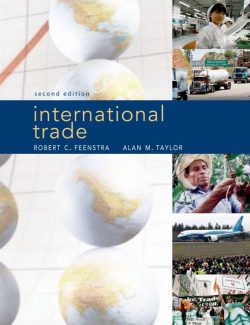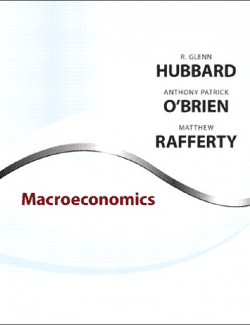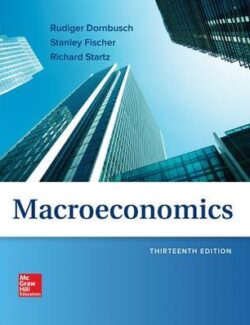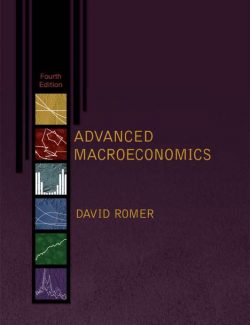Description
Recent years have seen an increasing interest in the concept of monetary union, i.e., the adoption of a common currency by a group of countries. However, there have been no parallel attempts at a general theoretical analysis of monetary unions. Indeed, open-economy models in macroeconomics textbooks still tend to present the two polar cases of flexible and fixed exchange rates, even though monetary unions are not properly described by either of them.
Our purpose, therefore, will be to provide a general framework for the macroeconomic modeling of monetary unions. Specifically, we will adapt an otherwise standard model within the Mundell – Fleming tradition (which represents the reference framework in most textbooks on international macroeconomics), to characterize the workings of a monetary union, a concept pioneered by Robert Mundell himself. The starting point of the analysis is the standard two-country Mundell – Fleming model with perfect capital mobility, extended to incorporate the supply side in a context of rigid real wages, and modified so that the money market becomes a common one for two countries forming to monetary union.
Two versions of the model are presented: one for a small and one for a large monetary union. After solving each model, we derive multipliers for monetary, expenditure, supply, and external shocks, both in the short and the long run; a graphical analysis is also provided. Special attention is paid to the crucial distinction between symmetric and asymmetric shocks.
This book is the result of work done at intervals over several years and in different places. During this time, we have benefited from the financial support of the Spanish Ministries of Education and Science under different projects. We hope that our contribution proves useful to students, teachers, researchers, and anyone interested in macroeconomic modeling.












Leave us a comment
No Comments